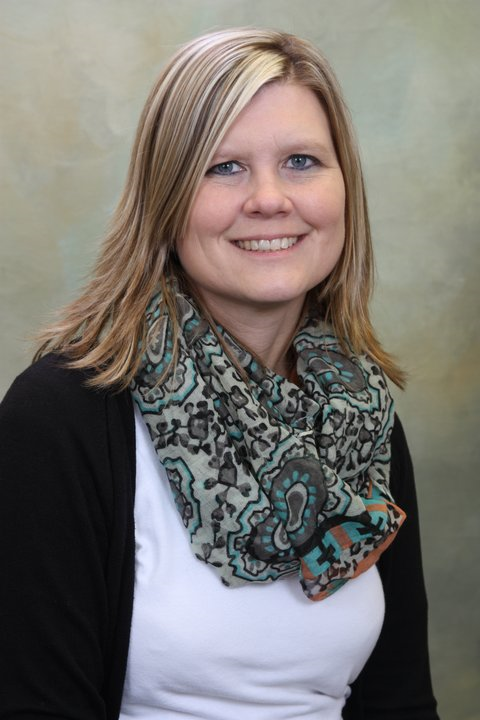Evidence shows that health care is in the midst of a compassion crisis. Compassion is heralded as a vital component of the “art of medicine.” It is assumed that we all treat others with compassion. However, is that true? Is compassion shown in our interactions with others? And, does the inclusion of compassion really matter? Are there measurable benefits in the “science of medicine?”
To address these questions, Dr. Stephen Trzeciak gave an engaging plenary talk during the American Association of Colleges of Osteopathic Medicine (AACOM) annual conference in April 2024 regarding his work surrounding compassion. In his book Compassionomics: The Revolutionary Scientific Evidence that Caring Makes a Difference, Trzeciak notes that compassion is an emotional response to another’s pain or suffering with an authentic desire to help. Closely related to empathy or sympathy, compassion involves acting. In contrast to the unwanted experience of sympathy, patients have described compassion as being most preferred and impactful. Patients and families rate compassion among the most important characteristics of health care providers, recalling it years later.
Compassion is typically aligned with the “art of medicine.” However, prior research notes that nearly 50% of Americans believe our health care system and providers lack compassion. Seventy percent of opportunities for compassion are missed by physicians, and compassion is present in less than one percent of all communications during routine office visits. These data are compounded by an epidemic of burnout in health care providers which is characterized by depersonalization or an inability to make a personal connection. And, in the era of electronic medical records, rigorous research shows that health care providers spend more time looking at computer screens than into the eyes of their patients. Based on these data, Trzeciak stresses that we are in a compassion crisis.
However, Trzeciak and colleagues have found evidence of positive effects of compassion on patients, cost of care, and providers. Compassion for others can have a direct positive effect on our own well-being. In particular, researchers discovered activation of areas of the brain associated with reward and positive emotion when providing compassion. While providers are typically told to take a break when they are burned out, this shows that having better relationships with patients is actually protective against burnout and good for a health care provider’s well-being.
Even with these benefits, many feel that compassionate care is time‐consuming. Yet, patient data suggest that feeling cared for often takes only a moment. Research shows and Trzeciak reiterated that it only takes 40 seconds for a health care provider to communicate compassion. At times, it may take even less time — a touch or a moment of silence in being with the other person.
How can you add 40 seconds or less of compassion?
- Use simple statements at the beginning and end of visits.
- Beginning: “I know this is a tough experience to go through, and I want you to know that I am here with you. Some of the things that I say to you today may be difficult to understand, so I want you to feel comfortable in stopping me. If something I say is confusing or does not make sense, we are here together and we will go through this together.“
- End: “I know this is a tough time for you, and I want to emphasize again that we are in this together. I will be with you each step along the way.”
- Use actions that have been associated with compassion and typically seen as the “little things,” “small acts of kindness,” or “going over and above.”
- Focus on these physician actions experienced as compassion: active listening, continuity and holistic care, respecting preferences, genuine understanding, body language, empathy, counselling, and advocacy.
- Review communication frameworks that might support compassion in communication such as SPIKES or CALMER.
- Explore a compassion model or examples of exemplary communication.
It is clear that compassion matters — in not only meaningful but also measurable ways. The strategic and intentional use of compassion as part of all relationships can have a number of benefits, even to the giver. It is time to turn the compassion crisis around plus refresh and refill ourselves at the same time. What techniques have you used to be more compassionate? Share your thoughts at #MedEdPearls!
#MedEdPearls are developed monthly by the Health Professions Educator Developers on Educational Affairs. Previously, #MedEdPearls explored topics including mattering, mindful bedside practice, and creating joy at work.

Machelle Linsenmeyer, EdD, NAOME, (Assessment, ’07) is an educational technologist and assessment specialist. Machelle is currently Assistant Vice President for Institutional Effectiveness and Academic Resources at West Virginia School of Osteopathic Medicine. Machelle’s areas of professional interest include academic portfolios, academic management systems, and entrustable professional activities. Machelle can be followed on Twitter, LinkedIn, or contacted via email.
#MedEdPearls

Jean Bailey, PhD – Virginia Commonwealth University School of Medicine
Rachel Moquin, EdD, MA – Washington University School of Medicine

